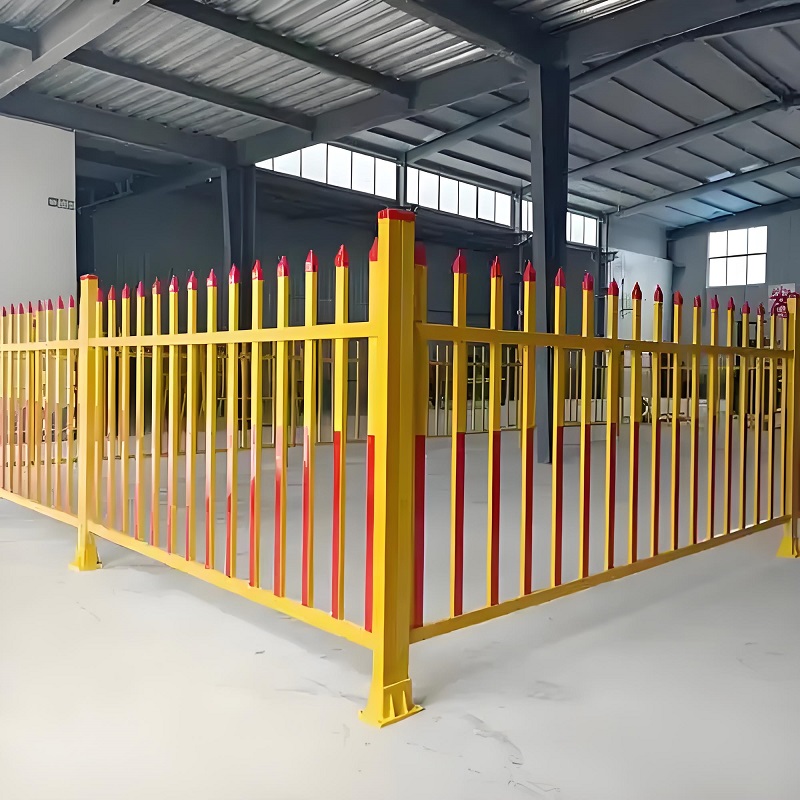- Manufacturer of fiberglass products, including fiberglass grating and fiberglass roof.
- sales@fiberglassgo.com
A fiberglass square tube is an engineered composite material made from glass fiber reinforcements embedded in a resin matrix, combining the high tensile strength of glass fibers with the corrosion and chemical resistance of the resin. This hybrid offers exceptional performance across many industries. Commonly produced as a structural profile, the fiberglass square tube retains all the benefits of fiberglass materials. Its inner and outer surfaces undergo special finishing: the interior is kept smooth to reduce fluid friction, while the exterior treatment enhances appearance and weather resistance. Some versions also include UV inhibitors in the resin to improve outdoor durability.

Most fiberglass square tubes are manufactured via the pultrusion process—a continuous production method:
1.Glass fiber rovings are pulled through a resin bath to ensure full impregnation.
2.The saturated fibers enter a pre-forming die to shape the cross-section.
3.The material then moves into a heated forming die for resin curing.
4.The cured profile is pulled out continuously and cut to the desired length.
Key production parameters include resin formulation, fiber content (typically 30–70%), curing temperature, and pull speed. Resins usually used are unsaturated polyester or epoxy, combined with curing agents and promoters. Controlling these variables is vital as they directly impact mechanical strength and longevity.
Common sizes of fiberglass square tube include:
16 × 16 mm
19 × 19 mm
22 × 22 mm
25 × 25 mm
30 × 30 mm
32 × 32 mm
40 × 40 mm
42 × 42 mm
50 × 50 mm
58 × 58 mm
63 × 63 mm
80 × 80 mm
100 × 100 mm
150 × 150 mm
200 × 200 mm
Standard options include yellow, white, and red—custom colors are available upon request.
In addition, Henry also provides various specifications of building materials such as fiberglass round pipes, fiberglass pipes, fiberglass grating, fiberglass roof panels, etc.
Qinbei Industrial Park, Qinyang City, Henan Province, China